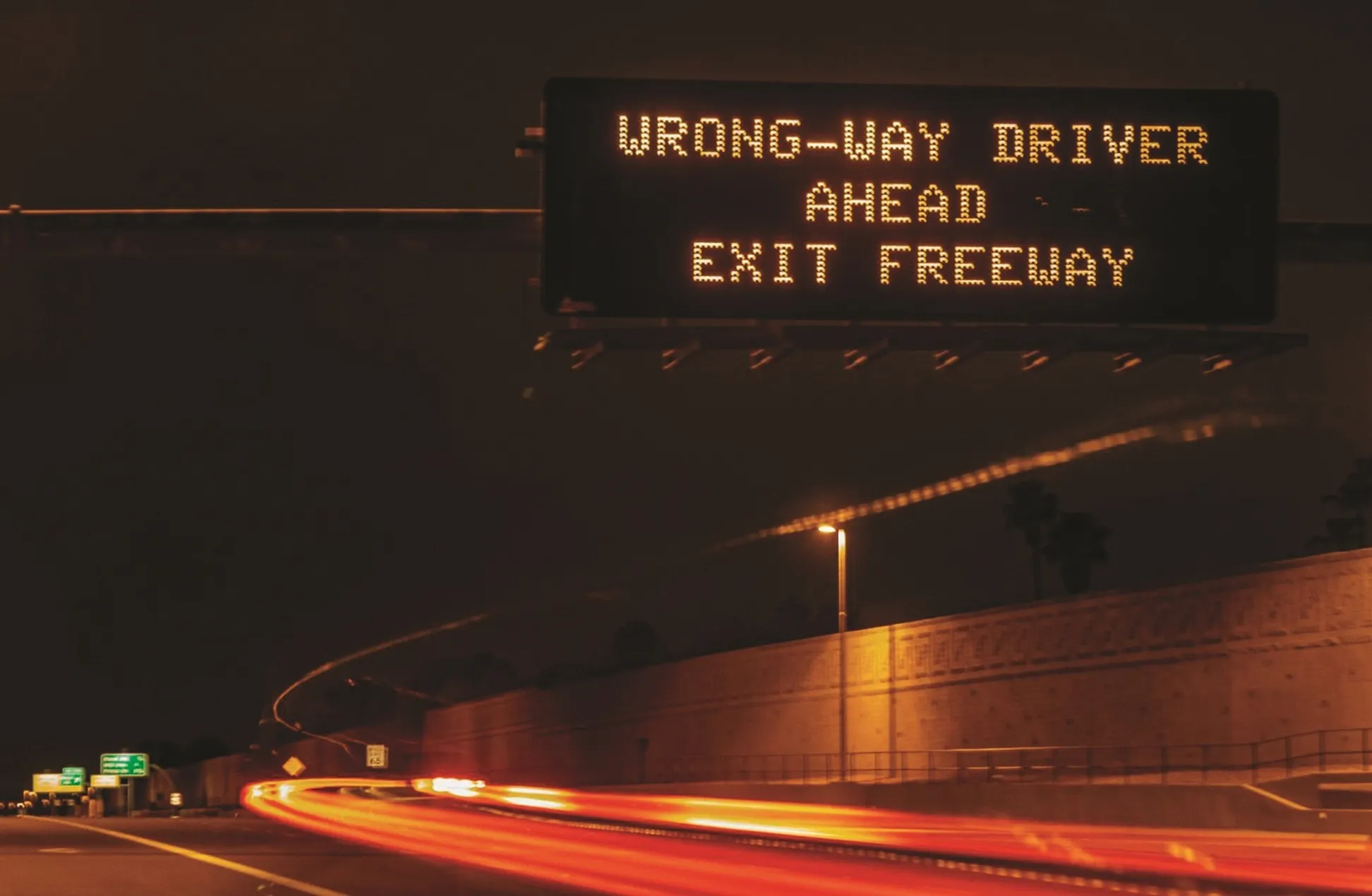Drivers in Pennsylvania can now get better traffic information before and during a trip with Pennsylvania Department of Transportation’s (PennDOT) new, free 511PA mobile application.
The application, available for iPhone and Android devices, provides hands-free and eyes-free travel alerts for the nearly 40,000 miles of road that PennDOT maintains, the Pennsylvania Turnpike and select New Jersey and West Virginia roadways. Users can also check the application before they travel to view traffic speeds, cam
May 6, 2014
Read time: 2 mins
Drivers in Pennsylvania can now get better traffic information before and during a trip with 6111 Pennsylvania Department of Transportation’s (PennDOT) new, free 511PA mobile application.
The application, available for iPhone and Android devices, provides hands-free and eyes-free travel alerts for the nearly 40,000 miles of road that PennDOT maintains, the774 Pennsylvania Turnpike and select New Jersey and West Virginia roadways. Users can also check the application before they travel to view traffic speeds, cameras and travel alerts.
Users can tailor alerts based on event type, time between alerts, their location (with a radius of up to 500 miles) and direction of travel. When activated, the hands-free and eyes-free application plays audio alerts with traffic incidents or slowdowns within the radius the user selects.
In addition to providing traveller information on the go, the application helps drivers make travel decisions before they leave by linking to the 511PA website, www.511PA.com. The site provides alerts, cameras and more for PennDOT-maintained roadways as well as the Pennsylvania Turnpike.
"Our mission is to provide better mobility in Pennsylvania, and that includes making sure that our customers are well informed for their travel plans," PennDOT Secretary Barry J. Schoch said. "This application helps our customers have the most current travel information available before and during their trip."
The application, available for iPhone and Android devices, provides hands-free and eyes-free travel alerts for the nearly 40,000 miles of road that PennDOT maintains, the
Users can tailor alerts based on event type, time between alerts, their location (with a radius of up to 500 miles) and direction of travel. When activated, the hands-free and eyes-free application plays audio alerts with traffic incidents or slowdowns within the radius the user selects.
In addition to providing traveller information on the go, the application helps drivers make travel decisions before they leave by linking to the 511PA website, www.511PA.com. The site provides alerts, cameras and more for PennDOT-maintained roadways as well as the Pennsylvania Turnpike.
"Our mission is to provide better mobility in Pennsylvania, and that includes making sure that our customers are well informed for their travel plans," PennDOT Secretary Barry J. Schoch said. "This application helps our customers have the most current travel information available before and during their trip."









